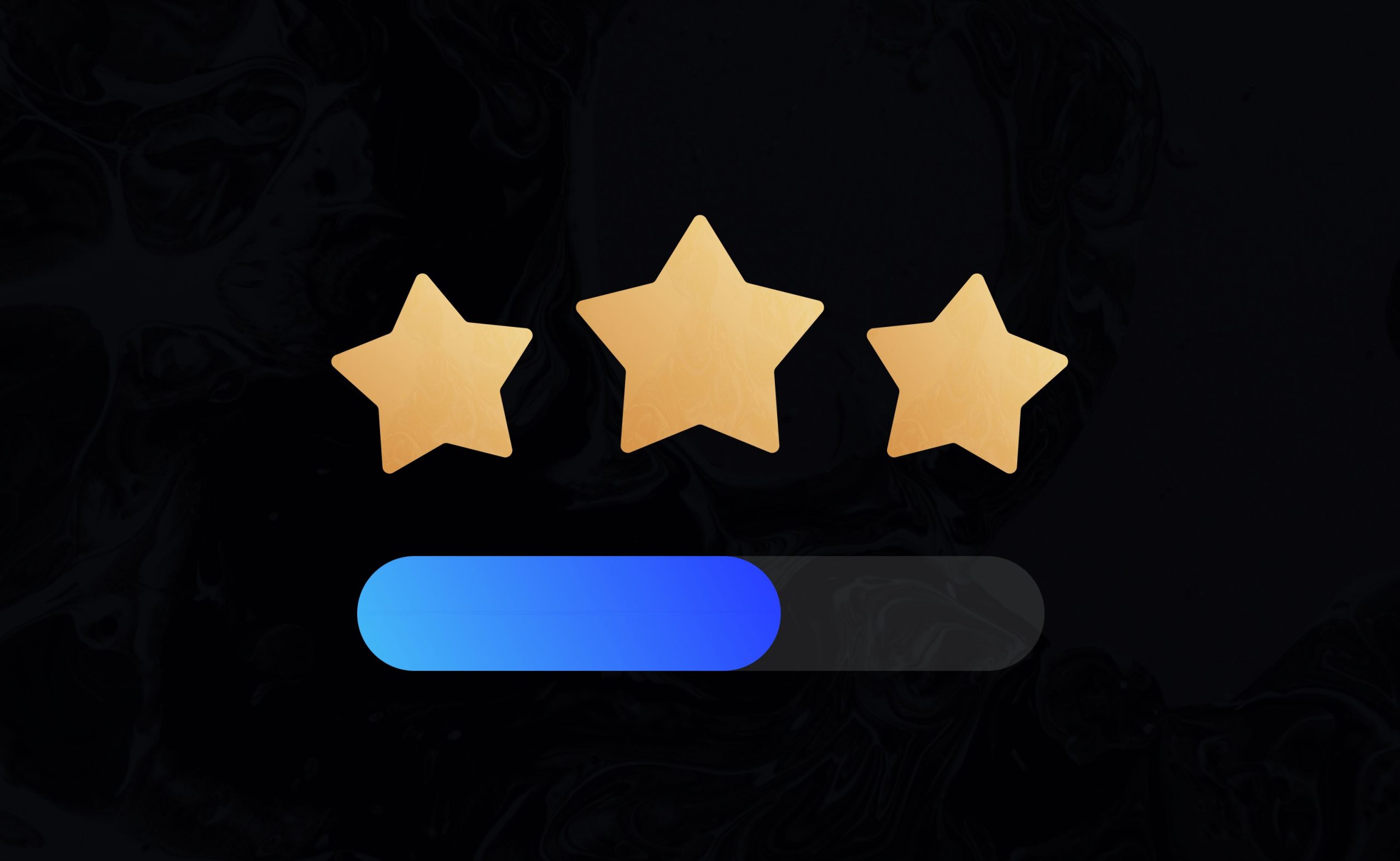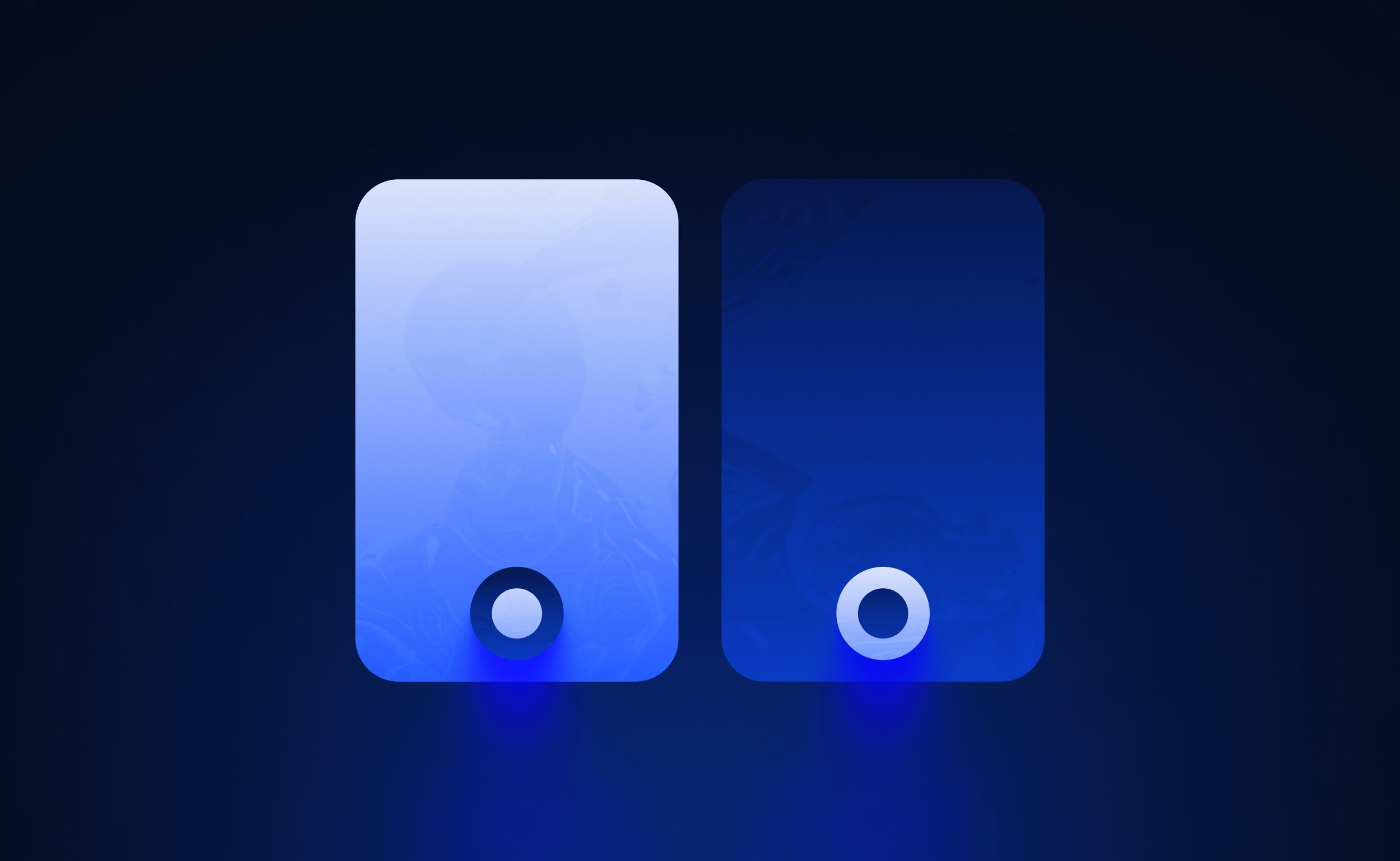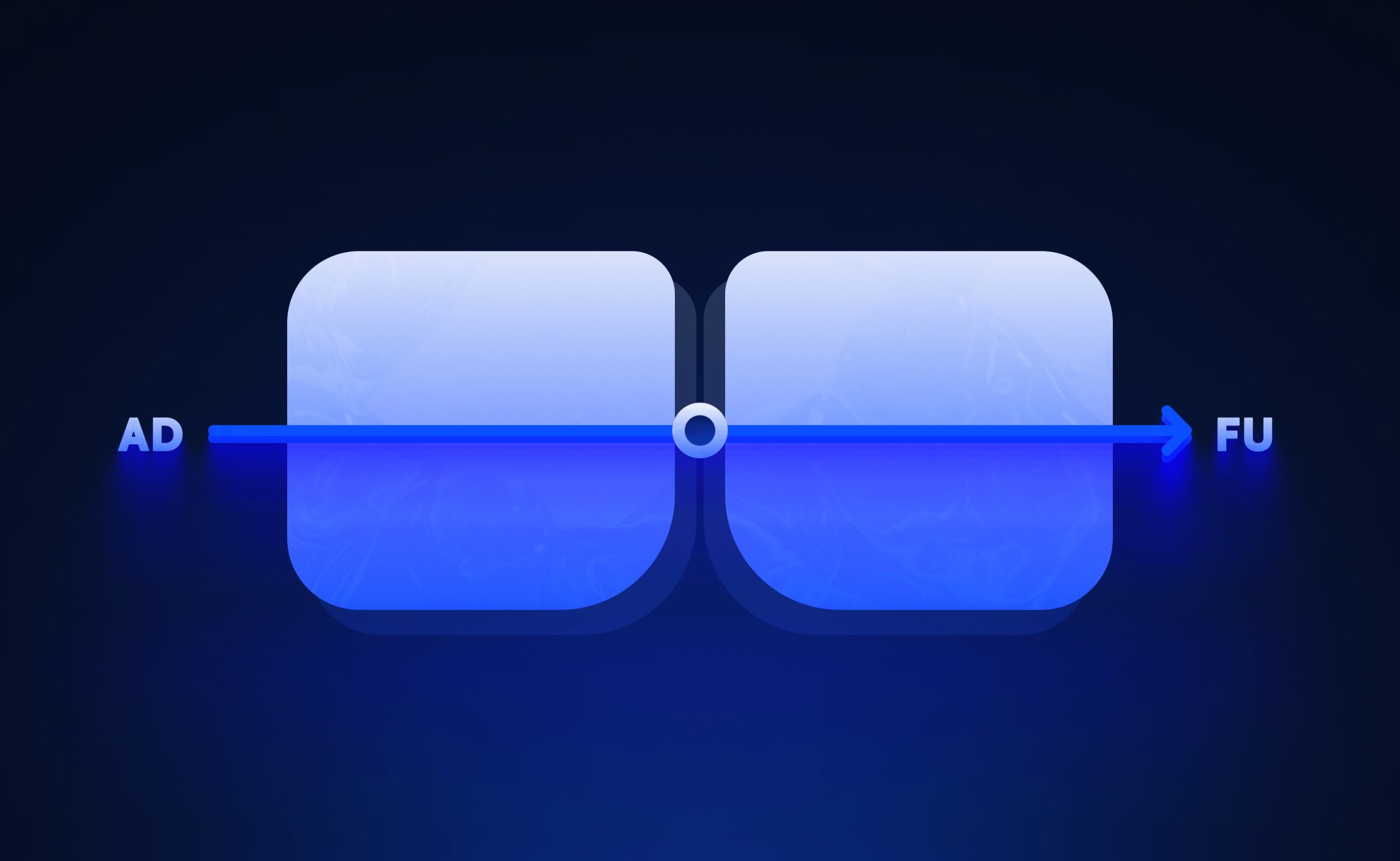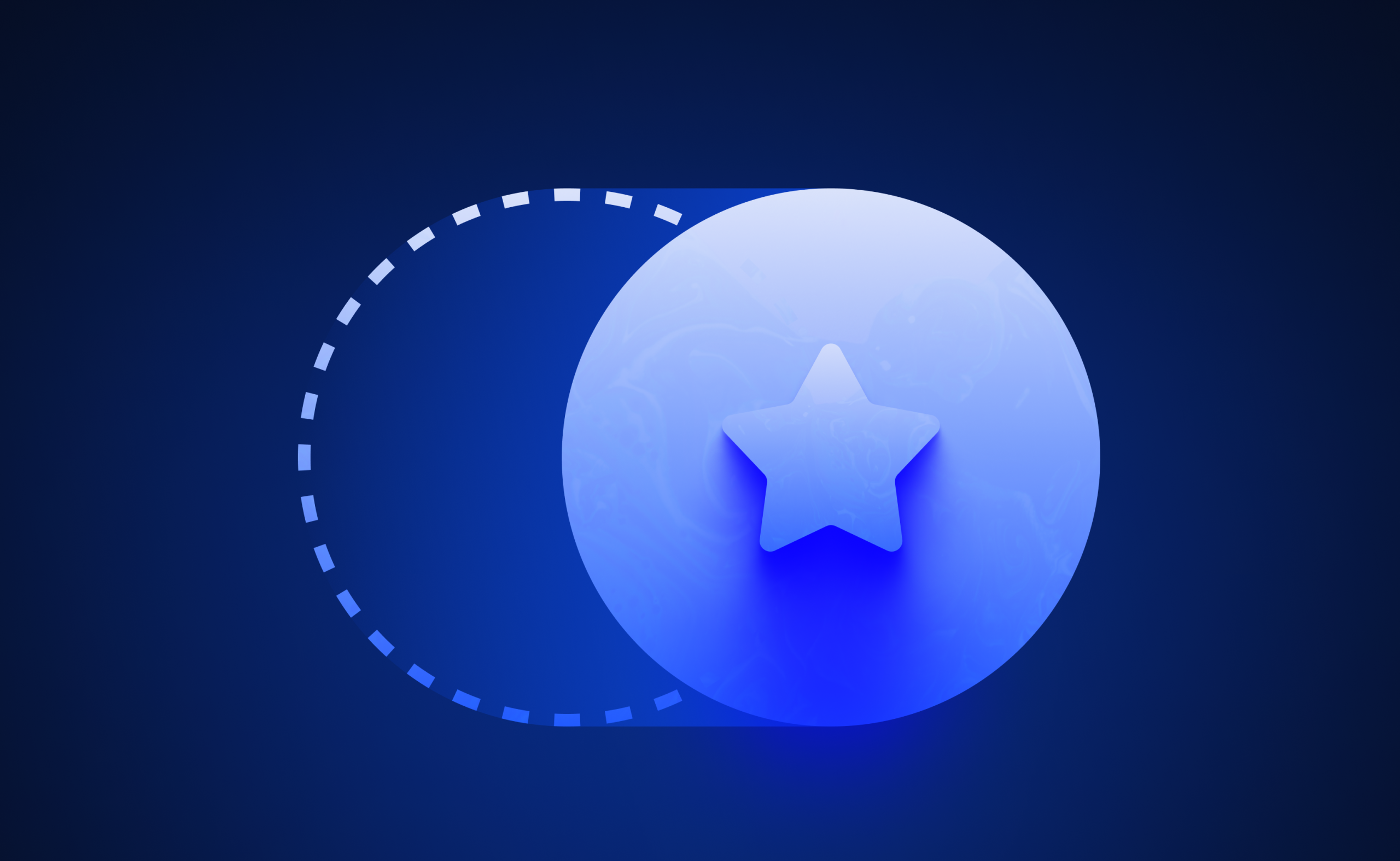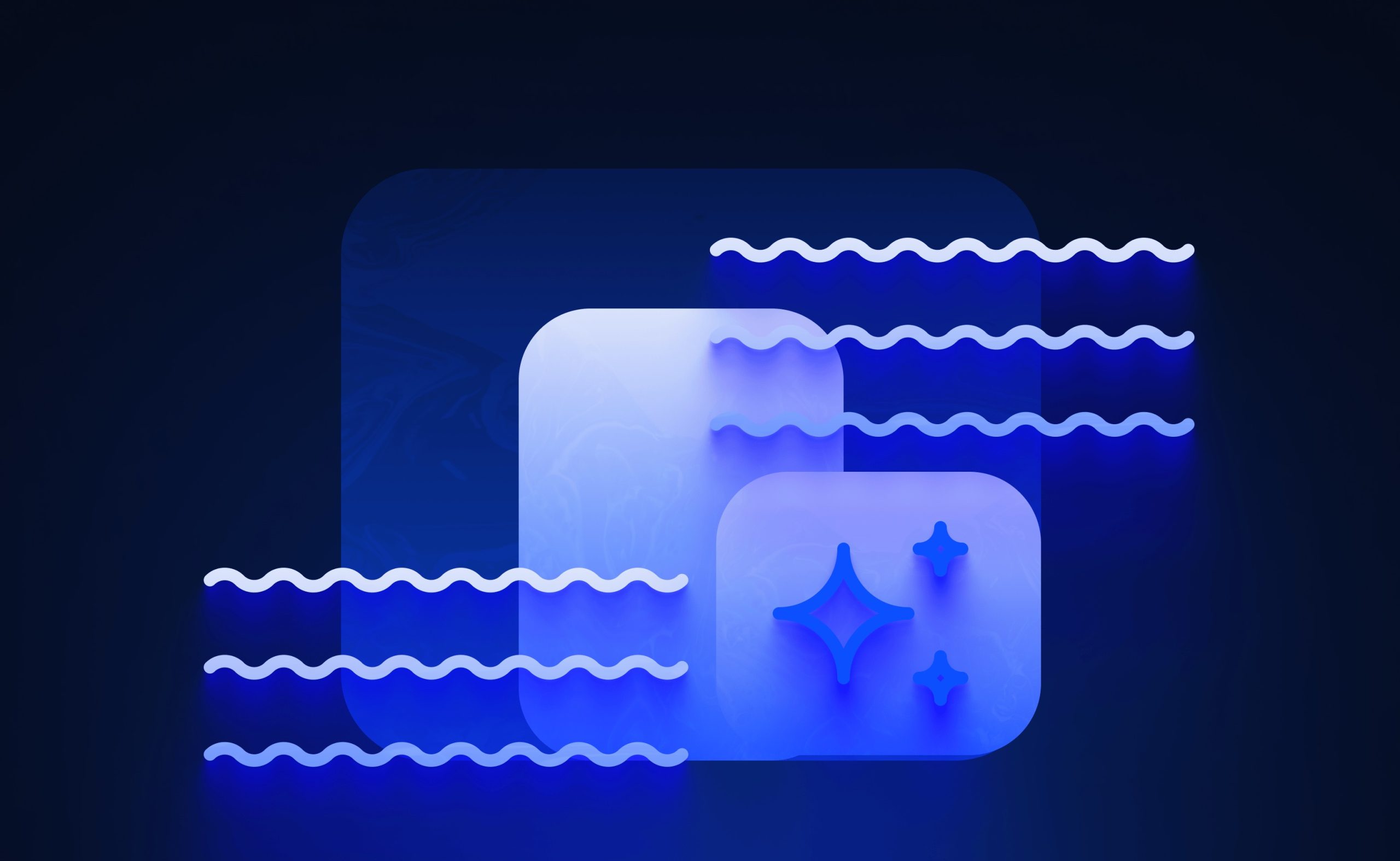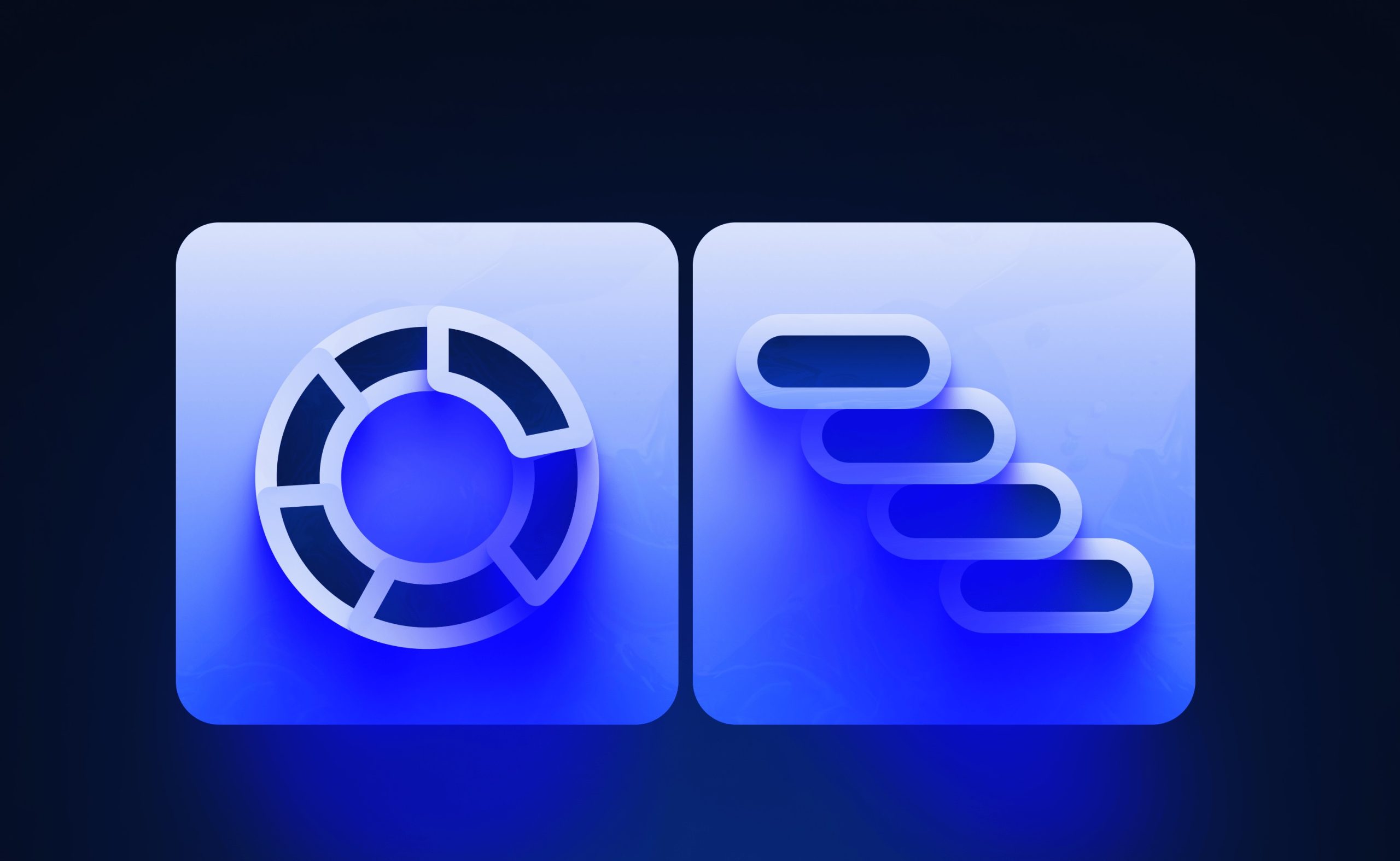Points, Badges, and Bugs: Gamification’s Real Impact
Gamification-adding game-like elements like points, badges, or leaderboards to software-can motivate teams, engage users, or boost productivity. But it’s not a magic fix. For developers, teams, and decision-makers, knowing when it works and when it flops is key to using it right. Let’s break it down with some real cases and practical tips.
When It Works
Gamification shines when it taps into natural human drives-like competition or progress-and aligns with clear goals. Take Duolingo: its streaks and XP points keep users practicing languages daily. Why? The system rewards consistency, not just perfection, and fits the app’s purpose. For dev teams, tools like Jira with gamified plugins (think badges for closing tickets) can push productivity up-studies show a 20% bump in task completion when rewards feel meaningful, with some teams finishing 25% more sprints on time. It works best when the task is repetitive or needs a motivation boost, and the rules are simple.
Picture a team debugging a backlog. Add a leaderboard for “most bugs squashed,” and suddenly it’s a race. Motivation spikes, focus sharpens. Companies like SAP use this in their training platforms-employees earn points for finishing modules, cutting onboarding time by 15%. The trick? Tie rewards to outcomes you actually want, not just busywork.
When It Doesn’t
Gamification can backfire if it feels forced or misses the mark. Ever seen a team roll their eyes at a “top coder” badge? If rewards don’t match effort-like a point for a trivial task versus a complex fix-people tune out. Stack Overflow tried gamifying Q&A with reputation points, but some users gamed it, posting low-quality answers for quick wins. Engagement dropped 30% when trust eroded.
It also fails when the stakes are high. Imagine gamifying a cybersecurity audit-points for “threats found.” Sounds fun until someone chases badges instead of real risks, leaving gaps. Or take a sales team: leaderboards can spark rivalry, but if the focus shifts from client needs to personal scores, deals suffer. Complexity kills it too-too many rules, and no one bothers playing.
How to Decide
Think about your context. Is your goal to energize a team, hook users, or track progress? Gamification fits when the task benefits from extra drive and feedback is fast. Slack’s old “reaction” streaks nudged users to stay active-simple and effective. But if the work demands deep focus (say, designing a core feature) or collaboration over competition, skip it. A study found that 60% of failed gamification attempts ignored team culture or purpose.
Ask yourself: Does this feel natural here? Test it small-add a progress bar to a feature rollout and see if it sticks. Dropbox did this with its “invite friends, get space” nudge, which is growing fast because it fits user habits. Reports say it boosted sign-ups by 40%. If it feels like a gimmick, it probably is.
The Human Side
People aren’t robots. Gamification works when it respects how we think-give clear wins, avoid overload. A dev team at Microsoft once ditched a point system because it stressed them out, not spurred them on. Listen to your team or users. Are they into it, or just humoring you?
Closing Insight
Gamification isn’t about turning work into a game but making it click for people. Done right, it’s a tool to push results. Done wrong, it’s a distraction. Look at your project, your team, your users. Could a little spark help? Try it, tweak it, and see what sticks. The next win might be closer than you think.




